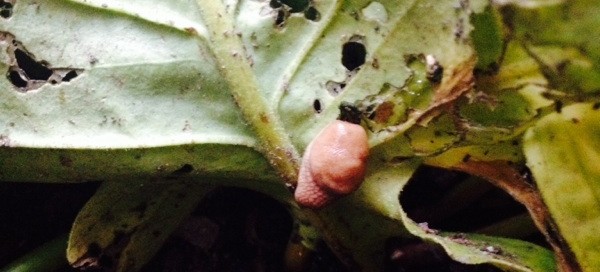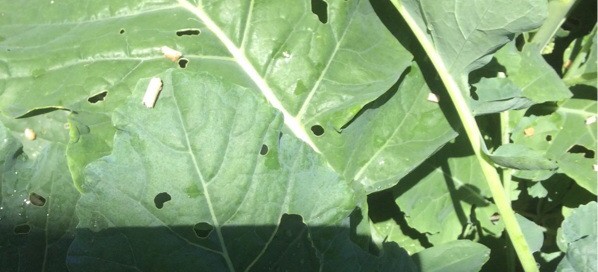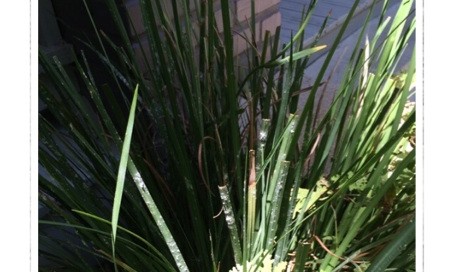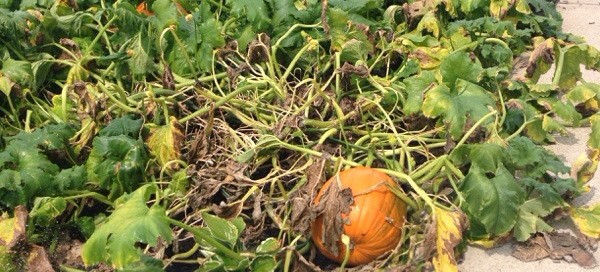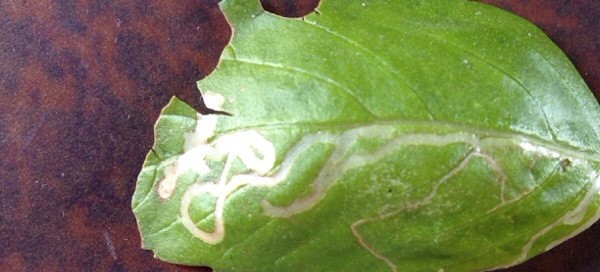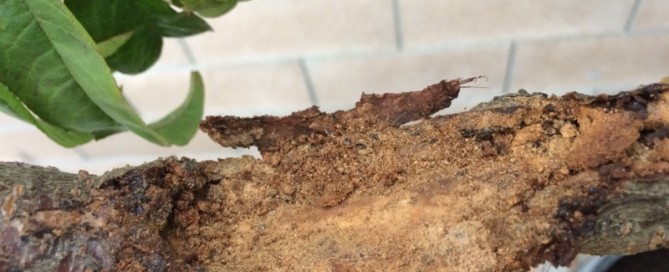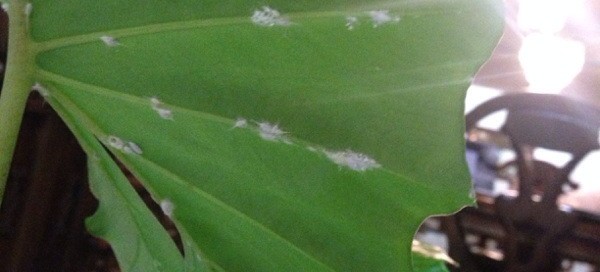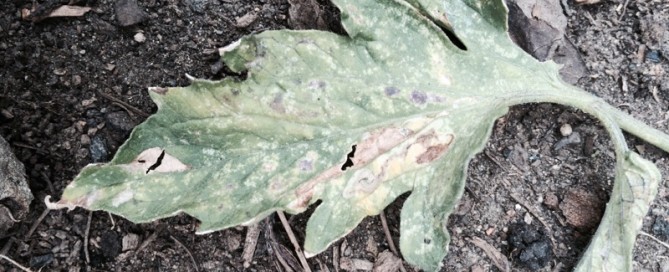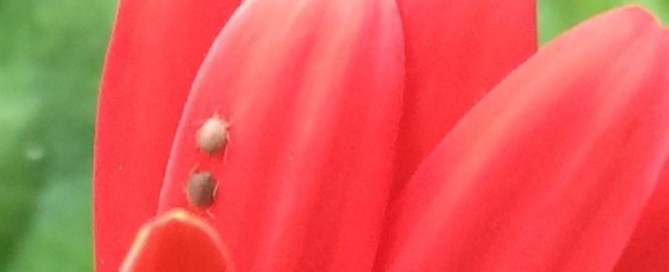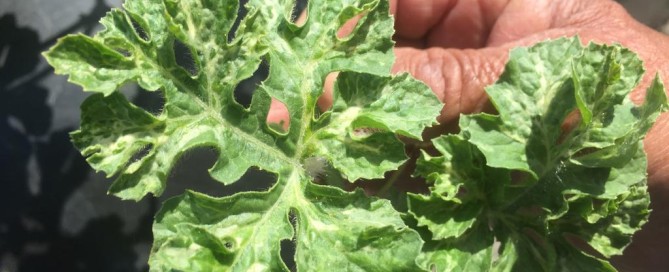Snails And Slugs
We've included a link all about snails and slugs to help you get control of them. When they get to be numerous in a garden/yard, it will take time to get them under control, but once you do, it'll be worth the effort. Baits formulated for control of slugs and snails are only effective if used exactly right, and some can be very toxic to other organisms (children included). Non-chemical methods are more effective for the long term. The best way to control them is to trap them. You can easily make traps out of melons (carved out, after eating them) or just about anything that will provide a dark, moist place for them to hide under during the day in your garden. (make sure they have room to slither under the trap!) Then you just pick up the trap every day, and dispose of the ones you've caught; then repeat until you think you've got them. You will probably want to use multiple traps at once to get as many as possible every night. Beware that one snail/slug can lay lots of eggs in the soil, so regular cultivation or tilling of the soil surface helps to eliminate the eggs (and helps with weeds too)!
http://www.ipm.ucdavis.edu/QT/snailsslugscard.html
